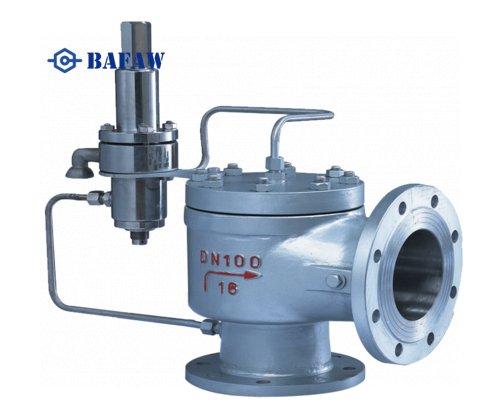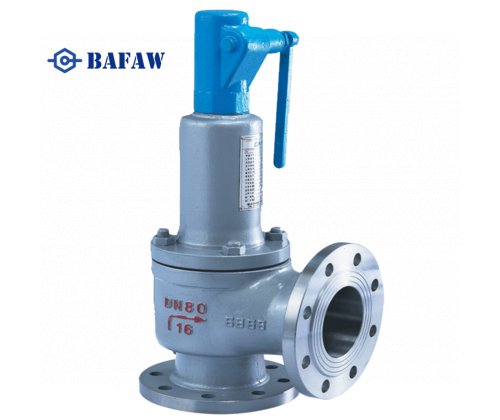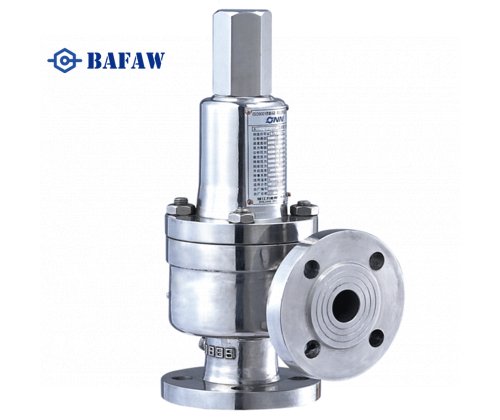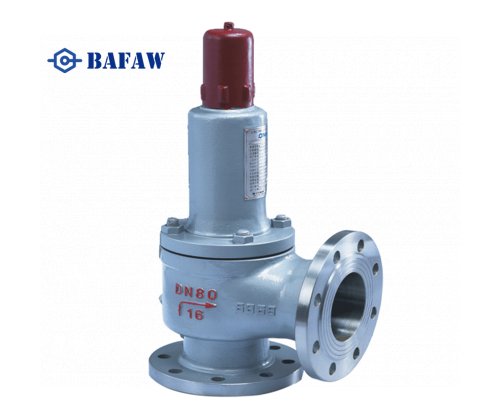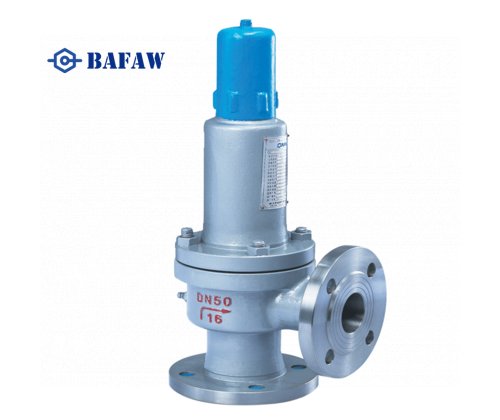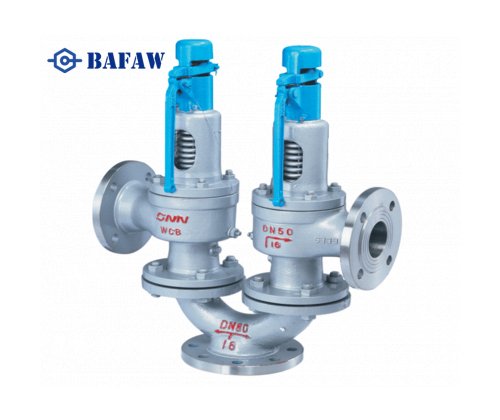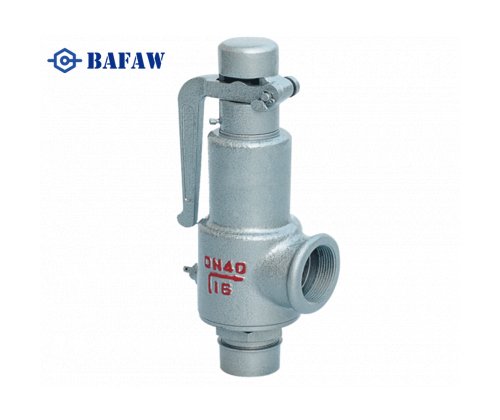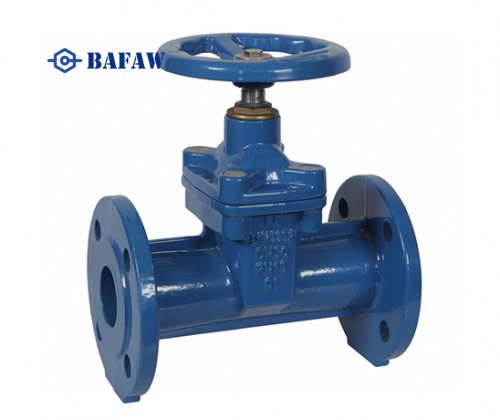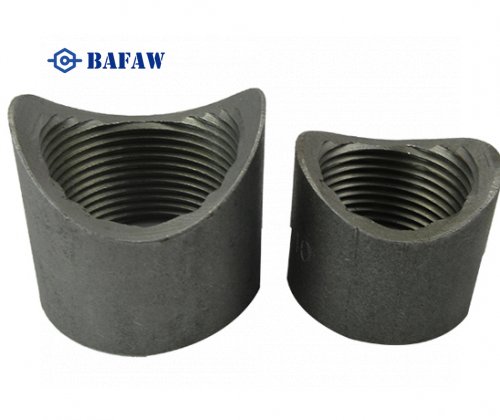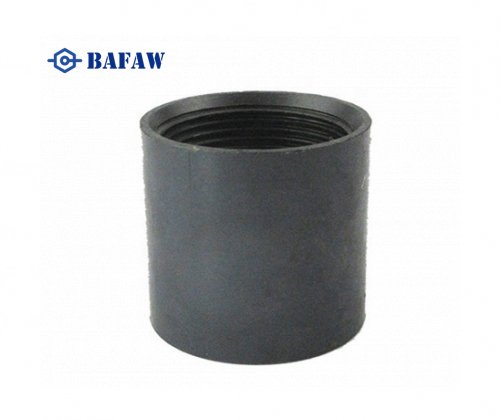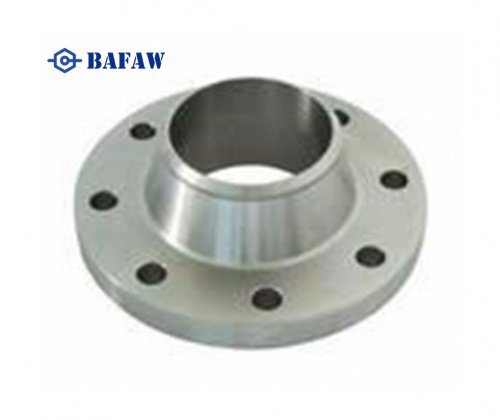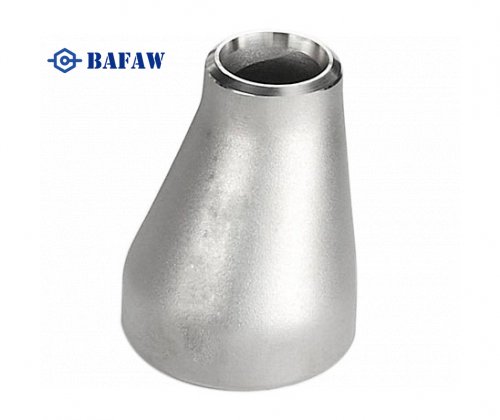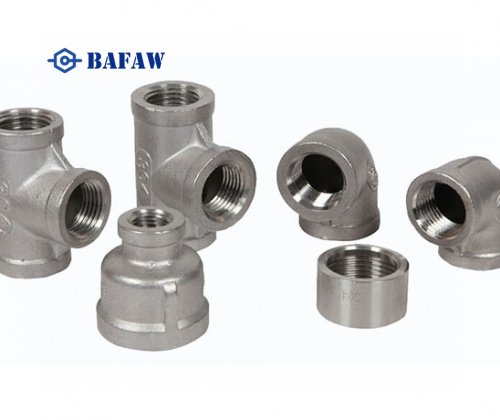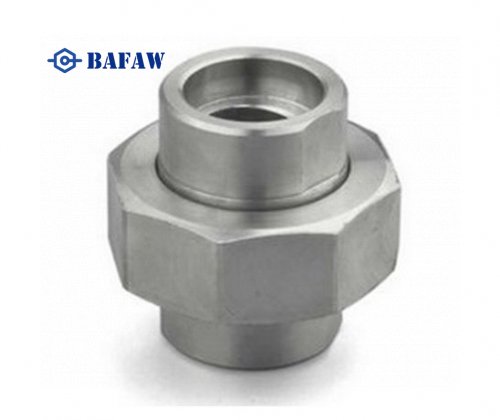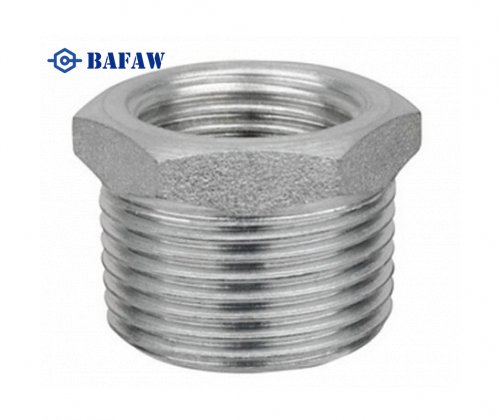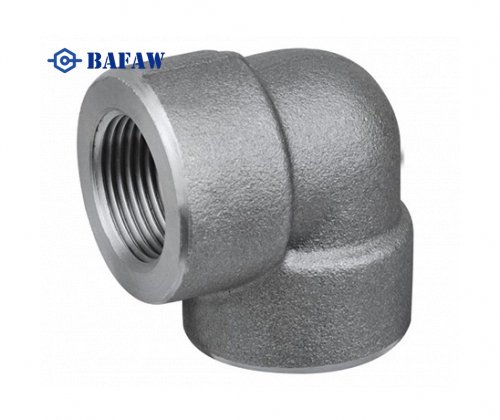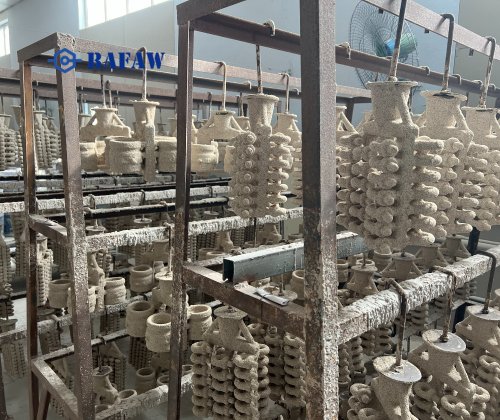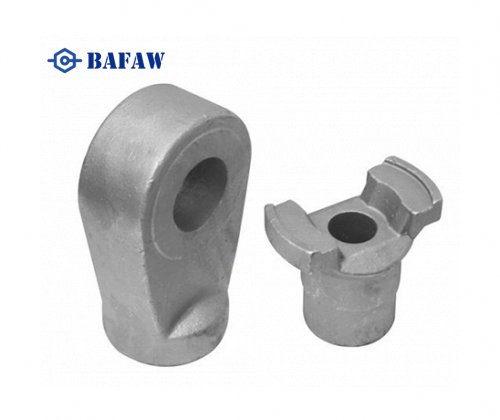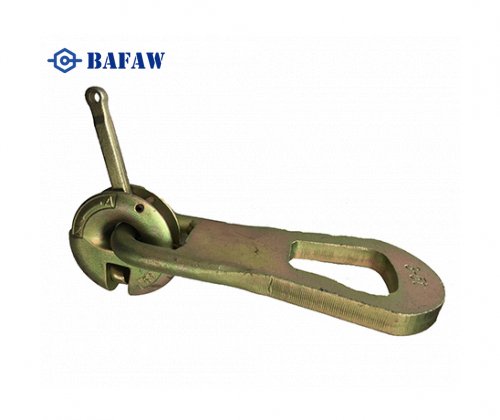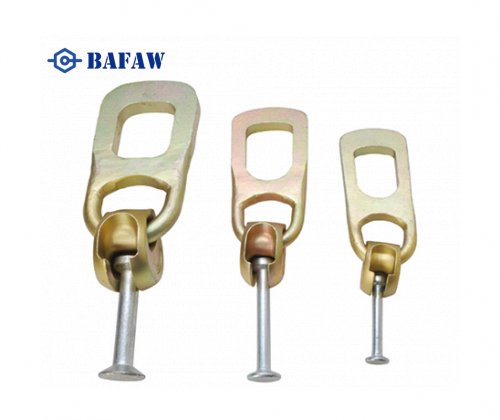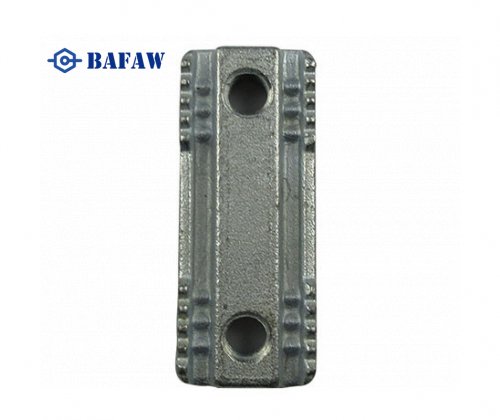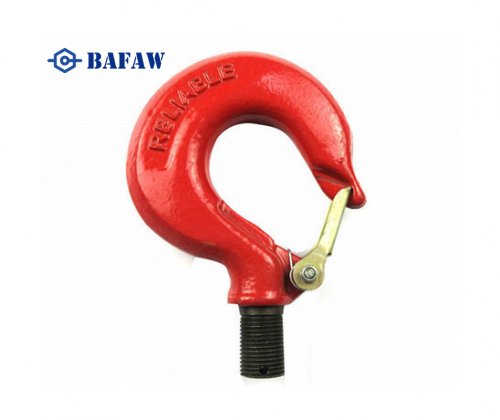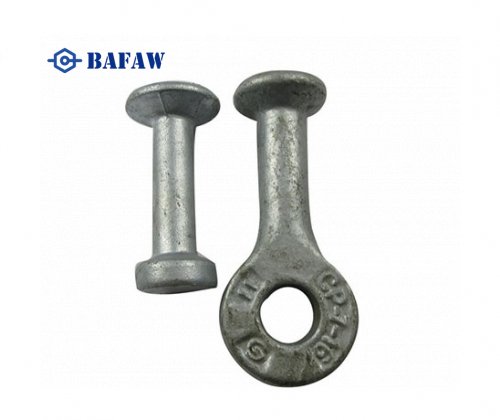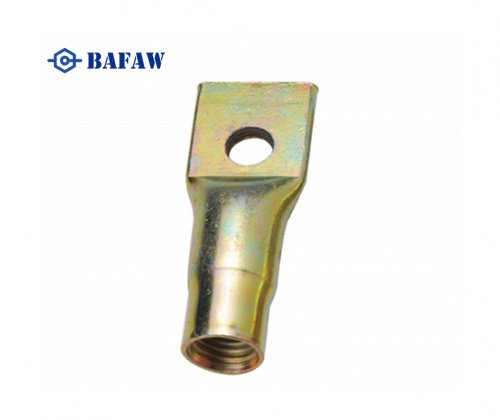By Structural Form
Concentric Butterfly Valve
A center-sealed butterfly valve is a common structural form of butterfly valve, and its design feature is that the rotational center of the butterfly plate coincides with the center of the valve stem, which is located on the center line of the valve body. When the valve is closed, a certain amount of interference is generated between the butterfly plate and the valve seat, thus generating a sealing force to ensure the sealing of the valve.
This design causes the upper and lower valve stems to be subjected to severe compressive stress, which affects the service life of the valve, and the switching torque is also relatively high.
However, the structure of the center-sealed butterfly valve is relatively simple, consisting of a few parts, small in size, light in weight, simple in operation, requiring only a 90° rotation to open and close quickly, with good flow control characteristics and low-pressure loss. To overcome the problem of extrusion and scratching, center-sealed butterfly valves usually use elastic materials such as rubber or PTFE as sealing rings, but temperature is still a limiting factor, which is why conventional butterfly valves are usually not resistant to high temperatures.
Single Offset Butterfly Valve
Its main feature is that the rotating center of the butterfly plate forms a certain eccentric distance from the center line of the valve body. This design makes the butterfly plate gradually separate from the valve seat during the opening process, effectively reducing the extrusion and wear during switching and improving the valve seat's service life.
Compared with the center-sealed butterfly valve, the single eccentric butterfly valve performs better in reducing wear and tear. However, there is still a certain amount of scraping phenomenon, which limits its application range.
Single offset Butterfly Valves are suitable for low and medium-pressure environments and perform well, especially in the chemical and water treatment fields. However, as double and triple eccentric butterfly valves offer superior sealing performance and durability, the latter is often preferred for demanding applications.
Double Offset Butterfly Valve
The deviation of the centre of rotation of the valve plate from the centre line of the valve seat significantly improves sealing performance. This design results in a significant reduction in opening torque, especially in large bore and high pressure conditions, and is therefore widely used in the oil and gas industry.
Double eccentric butterfly valves perform well in handling fluids containing solid particles and have a significantly longer service life than other types, and the reduced stress on the sealing element results in reduced maintenance requirements, making them suitable for long-term stable operation.
Triple Offset Butterfly Valve
Triple Eccentric Seal Butterfly Valves have three unique eccentric features related to stem position, butterfly plate-to-seat sealing surface deviation, and the conical geometry of the sealing surface.
The metal-to-metal sealing mechanism of the Triple Eccentric Butterfly Valve eliminates friction, reduces wear, and lowers operating torque, making it ideally suited for automated control.
The Triple offset Valve excels when handling corrosive media and high temperature steam, preventing leakage and reducing maintenance requirements. In addition, its cavity-less design prevents the accumulate of contaminants, further reducing maintenance costs.

Source: Instrumentation Tools

















